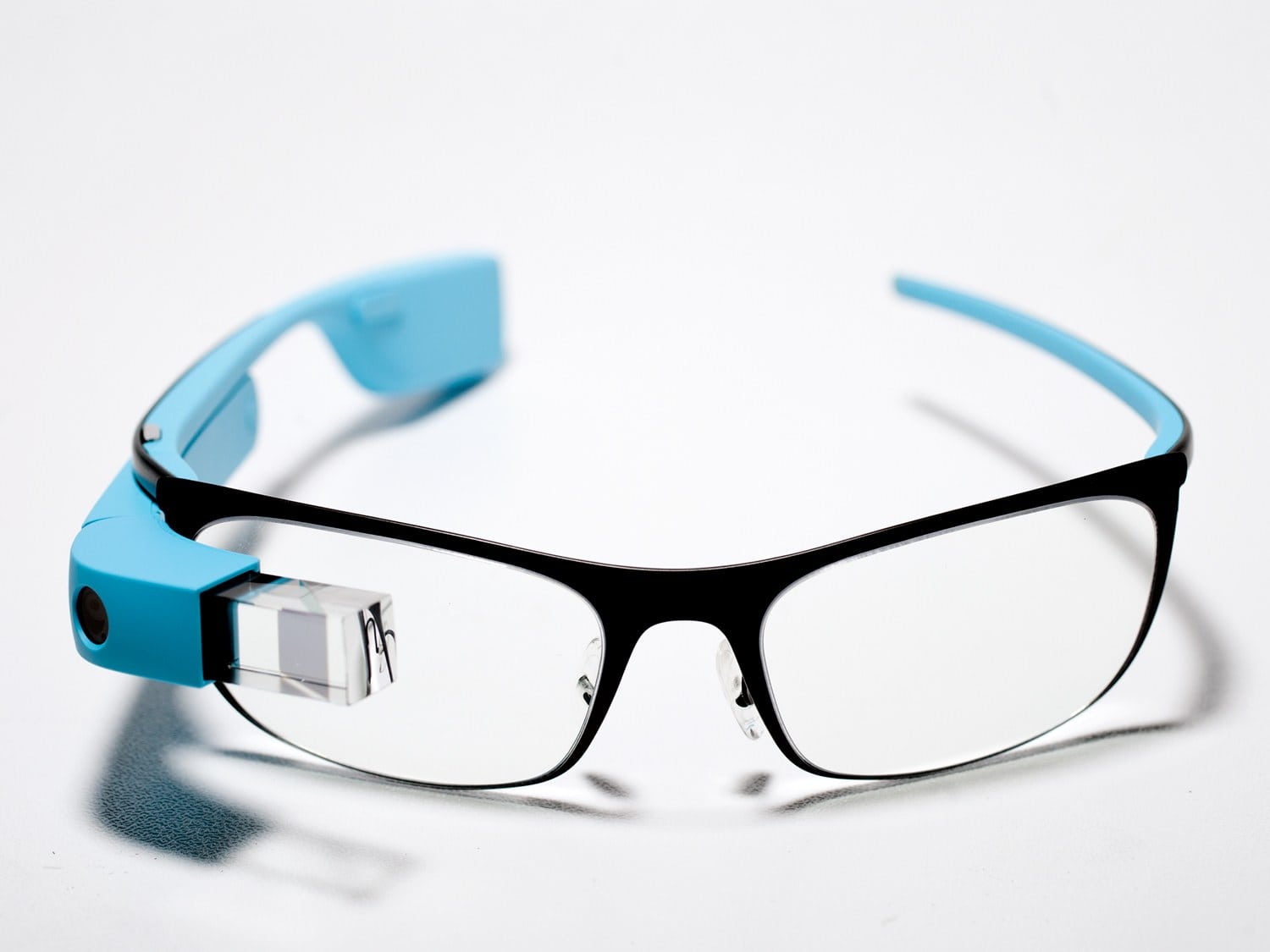
Wearable Tech Comes to the Warehouse
Fulfillment
Last summer, a video demonstrating the potential applications of Google’s Glass technology in the warehouse made quite a stir in the supply chain management world (see the video here). The video managed to impress a lot of people, but how much of it is hype and how much is an accurate prediction of the future of warehousing — particularly now that Google has seemingly scaled back its ambitions for the Glass project?
Last summer, a video demonstrating the potential applications of Google’s Glass technology in the warehouse made quite a stir in the supply chain management world (see the video here). The video managed to impress a lot of people, but how much of it is hype and how much is an accurate prediction of the future of warehousing — particularly now that Google has seemingly scaled back its ambitions for the Glass project?
Let’s first look at some of the claims made by the video. In it, we see a worker using Google Glass to monitor incoming pick requests, identify the fastest route to an order, flag fragile items, perform hands-free barcode scanning, and even manage forklift repairs and maintenance. Ultimately, the video suggests that Google Glass can:
- Help businesses go truly paperless, eliminating the need to print, sign and bind orders
- Save time and money by immediately identifying the most efficient way to do things
- Reduce errors that lead to orders being mixed, misidentified or forgotten
- Solve problems and respond to changes in conditions faster
- Maximize equipment uptime and reduce expenses associated with breakdowns
Of course, those of us who have been in the supply chain business have heard these claims before. They only way to know whether or not wearable tech will deliver on its promise is to look at some of the operations that have run trial programs already.
Active Ants’ Wearable Experiment
Active Ants, a Dutch e-fulfillment company that provides drop shipping services for more than 50 online retailers, recently become one of the first warehousing companies to run a trial program using wearable tech. For one week, Active Ants’ two order pickers were given Google Glass units equipped with a custom designed stocking app similar to that demonstrated in the video linked above. The company saw an immediate improvement, with speed up 15% and errors down 12%.
Given the limited scope of the trial, there’s no way of knowing whether or not results will be consistent with larger organizations. It does, however, provide the first concrete evidence of the genuine value that wearable tech can have in the warehouse.
The Future of Wearable Tech
The move towards wearable devices in the warehouse will be led by forward-thinking businesses with the resources and vision to experiment with new technologies. Google Glass may never see widespread adoption by the general public, but the technology behind it — and the general trend it represents of making smart devices more integrated and intuitive — has some clear implications for the future of warehousing.
Most of today’s warehouses already rely on tablet PCs to manage inventory and coordinate shipping. As wearable tech becomes more common, we’ll surely see a growing incorporation into the supply chain process, too.


